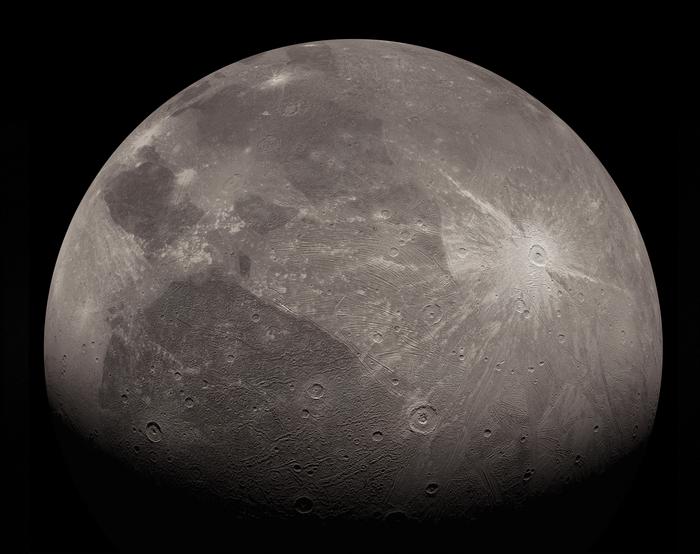
In a groundbreaking study by University College London (UCL) and the University of Cambridge, researchers have unveiled surprising structural properties of ‘space ice,’ challenging long-held assumptions about its composition. Contrary to previous beliefs that space ice is a completely disordered material akin to liquid water, the study reveals that it contains tiny crystals, reshaping our understanding of this ubiquitous cosmic substance.
The research focused on the most common form of ice in the universe, known as low-density amorphous ice. This type of ice is prevalent in comets, icy moons, and the dust clouds where stars and planets form. The study’s findings suggest that space ice is not entirely amorphous but contains nanometer-sized crystals embedded within its seemingly disordered structure.
Revelations from Computer Simulations and Experiments
Through advanced computer simulations and experimental work, the research team discovered that the structure of space ice varies significantly based on its formation process. The simulations revealed that the best match for experimental measurements occurred when the ice included tiny crystals approximately three nanometers wide, slightly wider than a single strand of DNA.
Dr. Michael Davies, the lead author of the study, conducted this research as part of his PhD at UCL Physics & Astronomy and the University of Cambridge. He stated,
“We now have a good idea of what the most common form of space ice looks like at an atomic level. This is important as ice is involved in many cosmological processes, for instance in how planets form, how galaxies evolve, and how matter moves around the Universe.”
Implications for Cosmology and the Origins of Life
The study’s findings extend beyond mere structural insights, offering potential implications for theories about the origins of life on Earth. The Panspermia hypothesis suggests that life’s building blocks were delivered to our planet on ice comets, with low-density amorphous ice acting as a carrier for simple amino acids.
Dr. Davies explained,
“Our findings suggest this ice would be a less good transport material for these origin of life molecules. That is because a partly crystalline structure has less space in which these ingredients could become embedded. The theory could still hold true, though, as there are amorphous regions in the ice where life’s building blocks could be trapped and stored.”
Professor Christoph Salzmann, a co-author from UCL Chemistry, highlighted the broader implications of these findings, noting,
“Our results also raise questions about amorphous materials in general. These materials have important uses in advanced technology. For instance, glass fibres that transport data long distances need to be amorphous, or disordered, for their function. If they do contain tiny crystals and we can remove them, this will improve their performance.”
Historical Context and Future Research Directions
Amorphous ice was first identified in its low-density form in the 1930s, when scientists condensed water vapor on a metal surface cooled to -110°C. Its high-density variant was discovered in the 1980s through the compression of ordinary ice at nearly -200°C. The recent discovery of medium-density space ice in 2023, with a density similar to liquid water, adds another layer to the complex narrative of ice in the cosmos.
The research team has raised additional questions about the nature of amorphous ice, such as whether the size of crystals varies based on formation conditions and if a truly amorphous ice is possible. Professor Angelos Michaelides from the University of Cambridge concluded,
“Water is the foundation of life, but we still do not fully understand it. Amorphous ices may hold the key to explaining some of water’s many anomalies.”
As scientists continue to explore the mysteries of space ice, these findings open new avenues for understanding the fundamental processes that shape our universe. The implications of this research are vast, potentially influencing fields ranging from cosmology to materials science, and prompting a reevaluation of how we perceive the building blocks of life and the cosmos.





